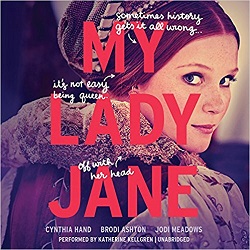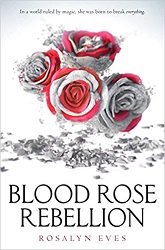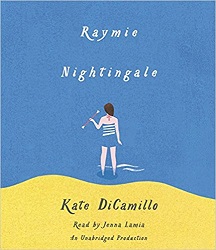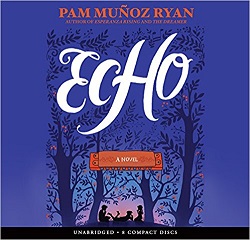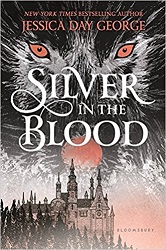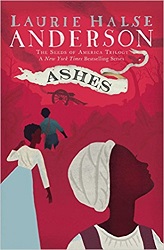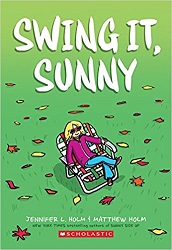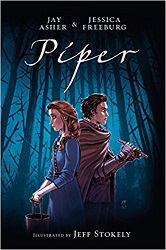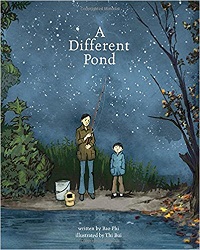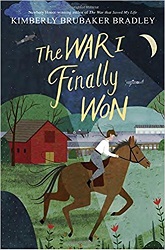Audiobook Review of My Lady Jane, by Cynthia Hand, Brodi Ashton, and Jodi Meadows, performed by Katherine Kellgren
by Cynthia Hand, Brodi Ashton, and Jodi Meadows
performed by Katherine Kellgren
HarperAudio, 2016. 13.75 hours on 11 discs.
Starred Review
I’ve already reviewed this book in print form, but oh, Katherine Kellgren’s performance makes it so much fun!
We’ve got alternate history England, featuring Lady Jane Grey, who was queen for nine days. In this version, many people have the magic power to turn into an animal. In the course of things, Jane finds out she is one, which is how she escapes losing her head.
The story is funny and clever and twists history just enough to be terribly fun. And Katherine Kellgren’s brilliant vocal abilities are perfect to bring out all the humor in the situations.
By now, I’ve become Katherine Kellgren’s fan. In a story set in England that was already outstanding in an over-the-top humorous sort of way, her performance puts it even more over the top. Now when I recommend this book, I’m going to suggest listening.
Find this review on Sonderbooks at: www.sonderbooks.com/Teens/my_lady_jane_audio.html
Disclosure: I am an Amazon Affiliate, and will earn a small percentage if you order a book on Amazon after clicking through from my site.
Source: This review is based on a library book from Fairfax County Public Library.
Disclaimer: I am a professional librarian, but I maintain my website and blogs on my own time. The views expressed are solely my own, and in no way represent the official views of my employer or of any committee or group of which I am part.
What did you think of this book?
